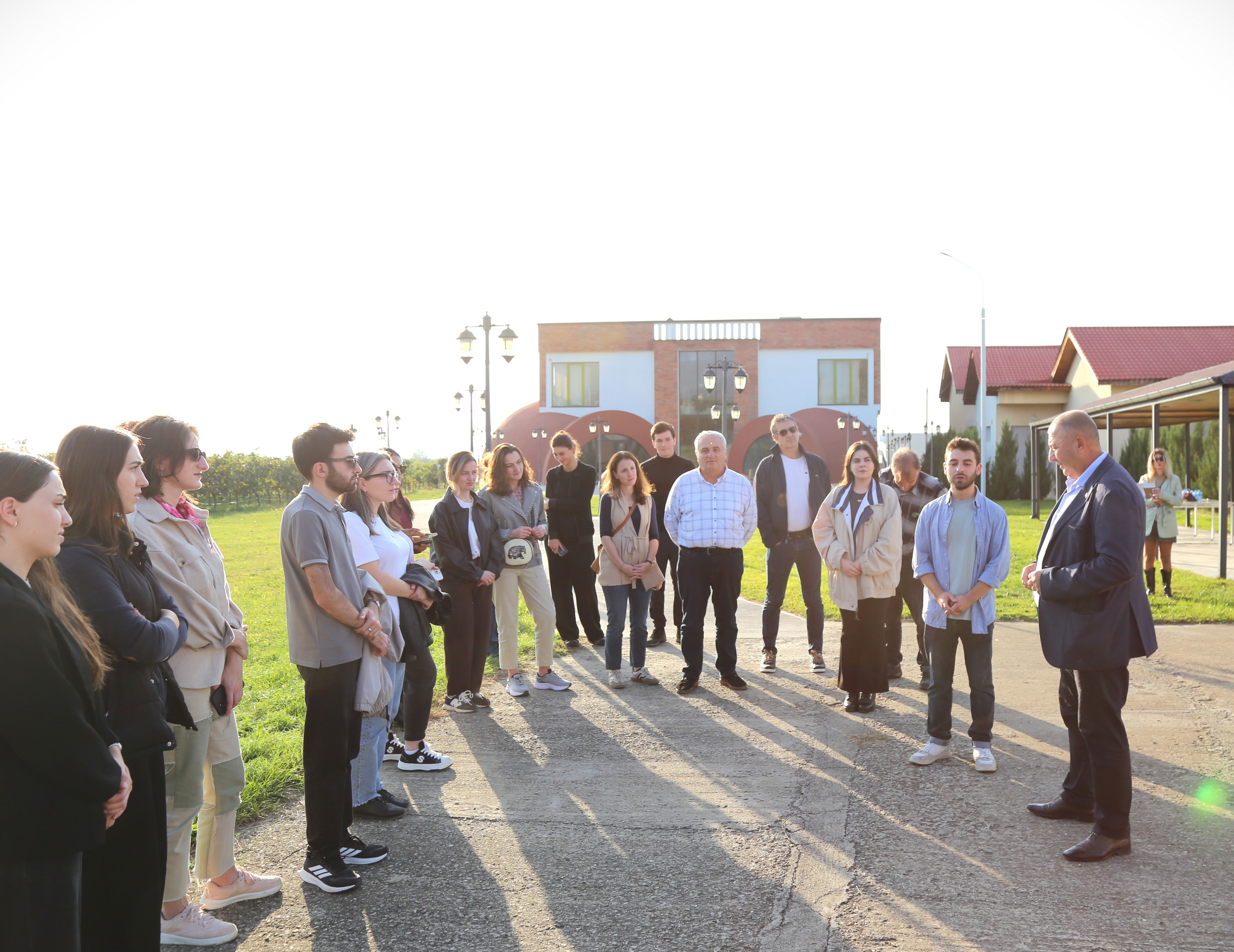News
23.02.2022
In order to protect genetic resources, collections of fruit, vines, wheat and other crops have been replenished with new specimens
 The Scientific-Research Center of Agriculture is actively working on finding, protecting and conserving genetic resources. In order to conserve plant genetic resources, the collection of local fruit varieties was supplemented in 1821 with 18 new genotypes, while the vine collection was supplemented with 102 table-oriented varieties; The promising varieties of tea, orange, actinidia, feijoa, cherry-laurel.and bay-tree crops were added to the collection of perspective varieties and forms.
The Scientific-Research Center of Agriculture is actively working on finding, protecting and conserving genetic resources. In order to conserve plant genetic resources, the collection of local fruit varieties was supplemented in 1821 with 18 new genotypes, while the vine collection was supplemented with 102 table-oriented varieties; The promising varieties of tea, orange, actinidia, feijoa, cherry-laurel.and bay-tree crops were added to the collection of perspective varieties and forms.
In the collections of long-term genetic resources, more than 65 species, varieties and old varieties of Georgian wheat have been collected and preserved, samples of millet - 9, sorghum - 10 and Ghomi - 4 species. 9 varieties of Georgian wheat Doli bread have been restored, ex-situ collections have been renewed with samples of wheat - 800, corn - 45, beans - 34 and tobacco - 10.
Georgian traditional wheat varieties have been added to the national catalog of agricultural varieties allowed for distribution: Dika, Makha, Chelta Zanduri, Akhaltsikhe, Tsiteli doli, Shavpkha. In-vitro gene bank stores vine, goji berry, potato, sweet potato and other crop varieties in order to preserve agro-biodiversity and produce basic planting materials.
In 2021, the Scientific-Research Center of Agriculture, with the grant project of the Shota Rustaveli National Science Foundation of Georgia, conducted a study of the genetic resources of the Georgian forest, in the framework of which endangered woody plants were preserved. Active (1-3 years) and basic (4-10 years) collections of the seed bank were created.
Together with the National Wine Agency, the center continues to study and protect wild vine forms. Currently, 70 forms of wild vines have been found and preserved at the Jigaura base. In order to determine the location of the wild vine in the world viticulture field and to determine its proximity to the cultivated varieties of the vine, its genetic research is underway.
A working group has been set up to protect the genetic resources of cultivated plants, assess the status quo, sustain them, manage them, use them effectively and access information about them. The group brings together various government agencies, associations and representatives of the private sector that function in the field of genetic resource protection.









.png)



